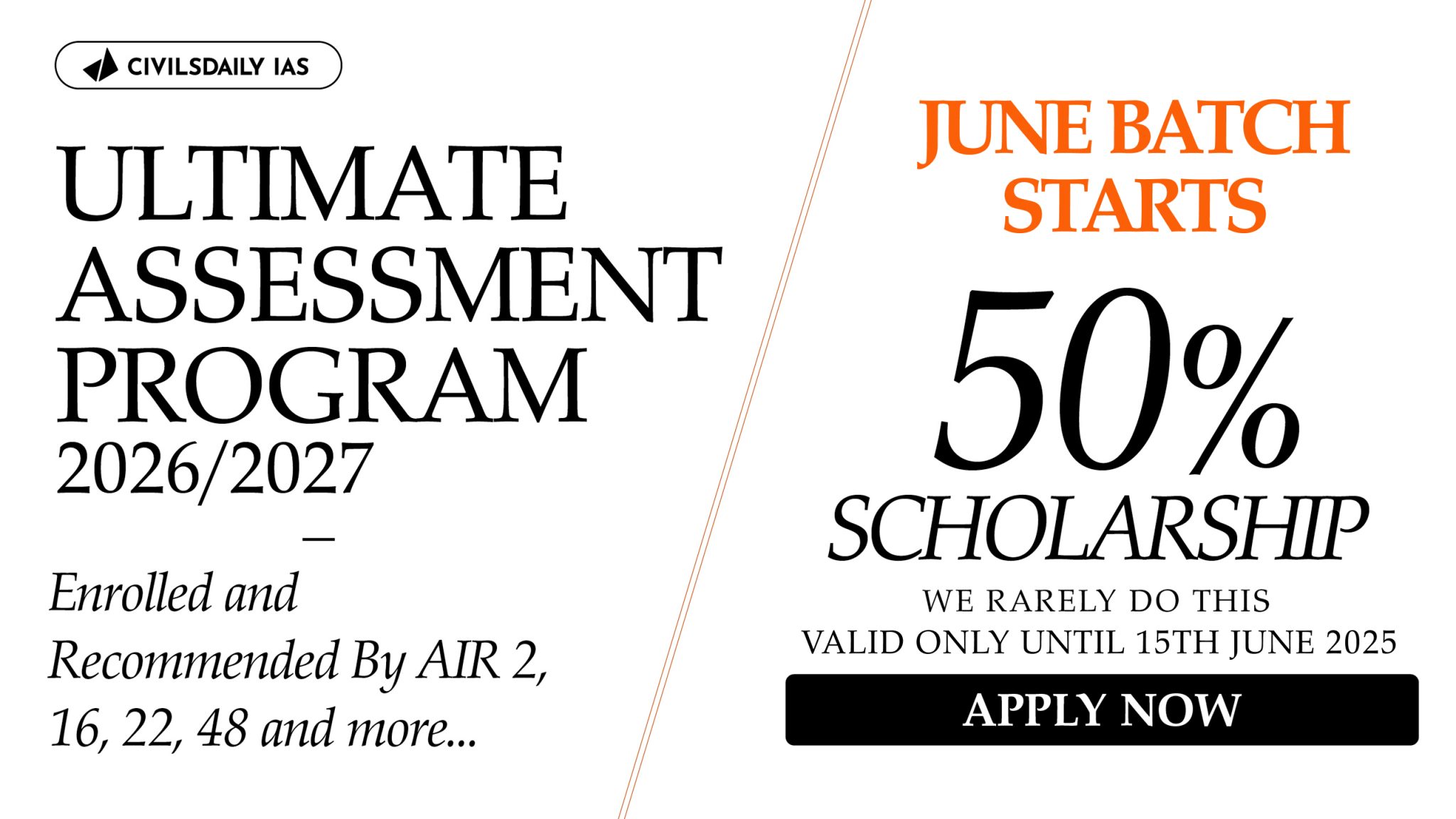Context
The dramatic changes in technology have created new challenges for the law, lawmakers, courts and lawyers to confront.
Challenges posed by technological transformation
- Technology has outpaced the law, and lawmakers are being challenged by how quickly “we the people” have embraced technological transformations.
- Challenges of regulation: Challenges include regulation of digital media platforms, censorship of Over The Top (OTT) streaming services, fixing accountability for procuring and deploying spyware like Pegasus, dealing with the bias within artificial intelligence etc.
- Regulation of cryptocurrencies: In probably no other area are lawmakers required to appreciate science and technology than in cryptocurrency.
- With 10 crore users of cryptocurrency and crypto assets in India, this ever-expanding market is almost entirely unregulated.
Practices or legislative models that have been adopted the other countries for regulation of cryptocurrencies
- KYC, AML and CFT: Countries where cryptocurrencies and crypto-assets are legal have frameworks that mandate KYC (know your customer), AML (Anti-Money Laundering) mechanisms and demand adherence to CFT (Combating Financing of Terrorism) requirements.
[1] How Singapore regulates crypto-currencies?
- Singapore adopted the approach which favours strong regulation rather than ban.
- Common law to regulate traditional and cryptocurrencies: Singapore has the Payments Services Act, 2020 that has streamlined both traditional and cryptocurrencies under one law.
- Provision for licences: The law also provides a framework to obtain licences to operate crypto businesses.
[2] How Switzerland regulates cryptocurrencies?
- Switzerland has also favoured the strong regulation model overseen by an already established financial regulator.
- Provision for licences: The Swiss Financial Market Supervisory Authority (FINMA) that oversees the country’s financial markets mandates that all virtual asset service providers, including cryptocurrency exchanges must be licenced.
- KYC, AML and CFT procedures must be strictly complied with. These are the checks on the use of cryptocurrencies and crypto assets that could facilitate criminal enterprise.
[3] Approach adopted by the US
- Crypto exchanges to be transmitters: The US does not consider cryptocurrency to be legal tender but defines cryptocurrency exchanges to be money transmitters.
- Cryptocurrencies as property: The Internal Revenue Service (IRS) treats cryptocurrency as property for US federal taxation purposes.
- Exchanges must obtain requisite licences from the Financial Crimes Enforcement Network and implement the standard AML and CFT requirements that have become the norm in most jurisdictions that regulate cryptocurrencies.
- Revenue potential: One of the most important lessons to absorb from the US is the revenue potential of cryptocurrencies and crypto assets.
Conclusion
In India, the need of the times is thoughtful legislation and rigorous regulation of cryptocurrencies and crypto-assets that are already here and being used.
UPSC 2022 countdown has begun! Get your personal guidance plan now! (Click here)
Get an IAS/IPS ranker as your 1: 1 personal mentor for UPSC 2024










